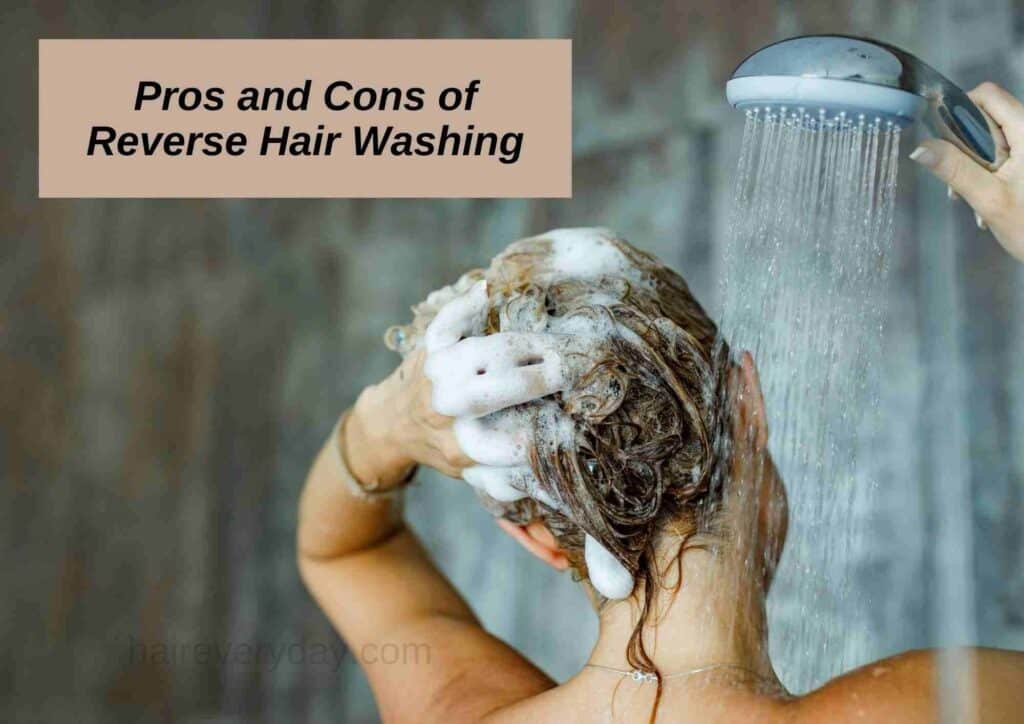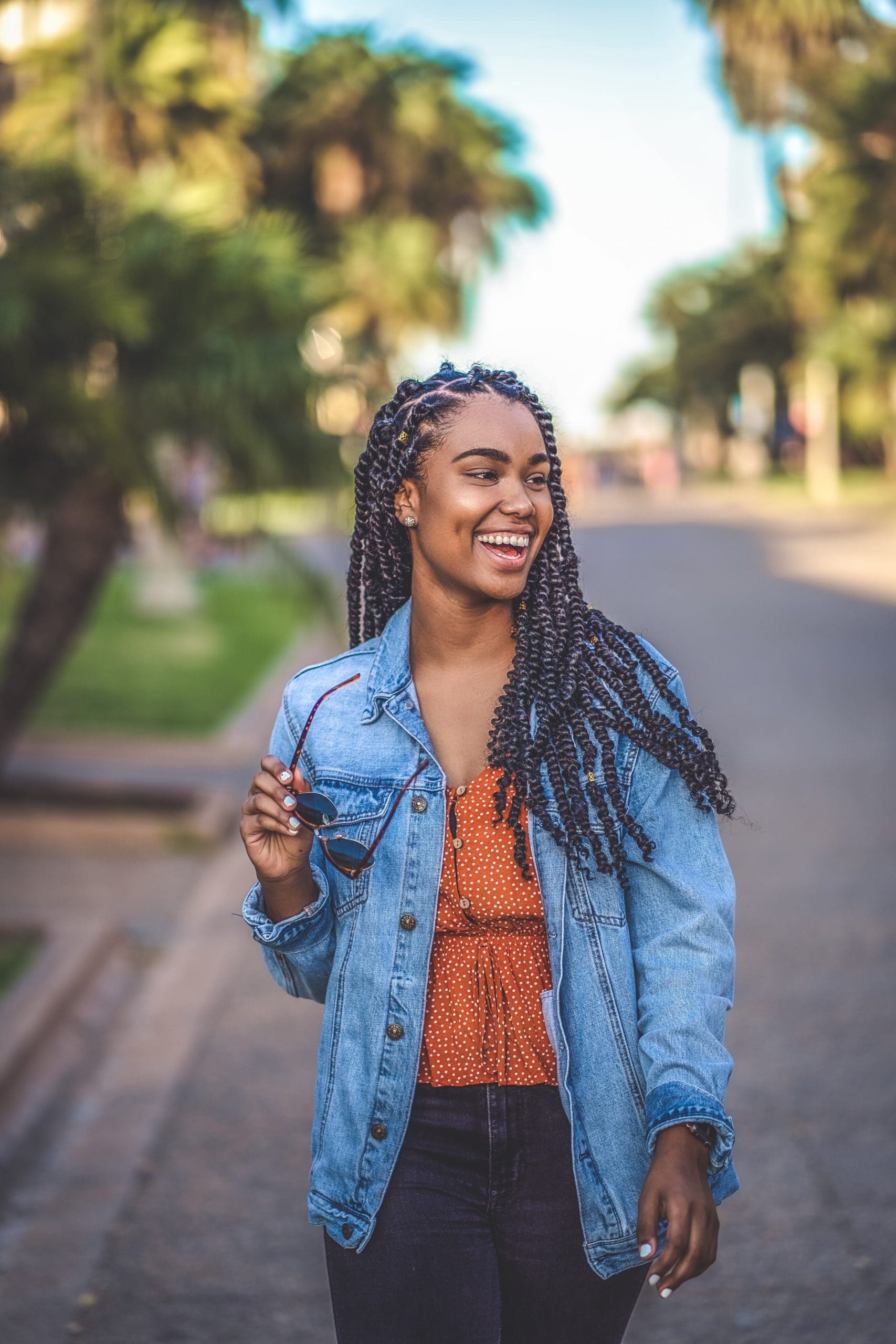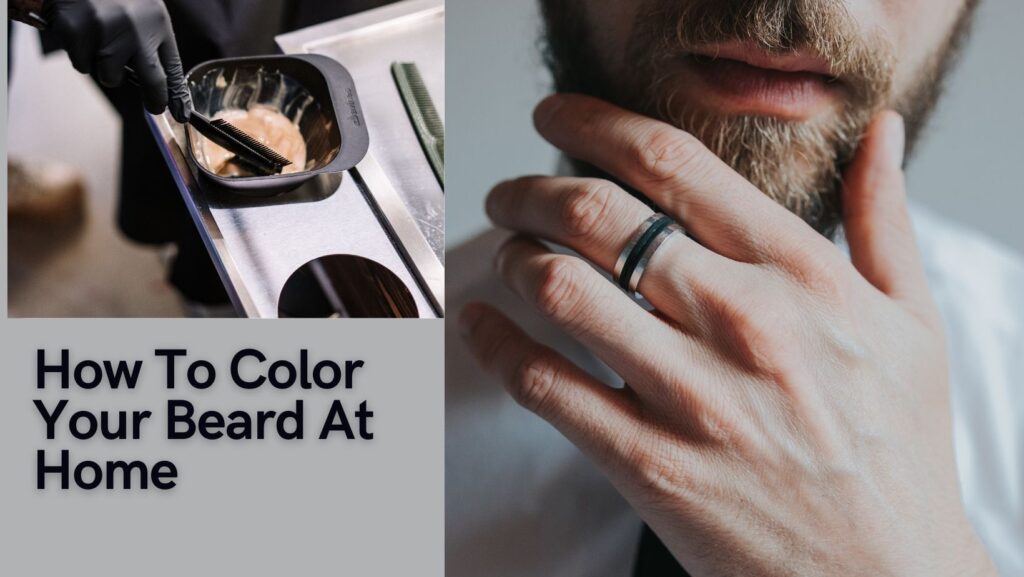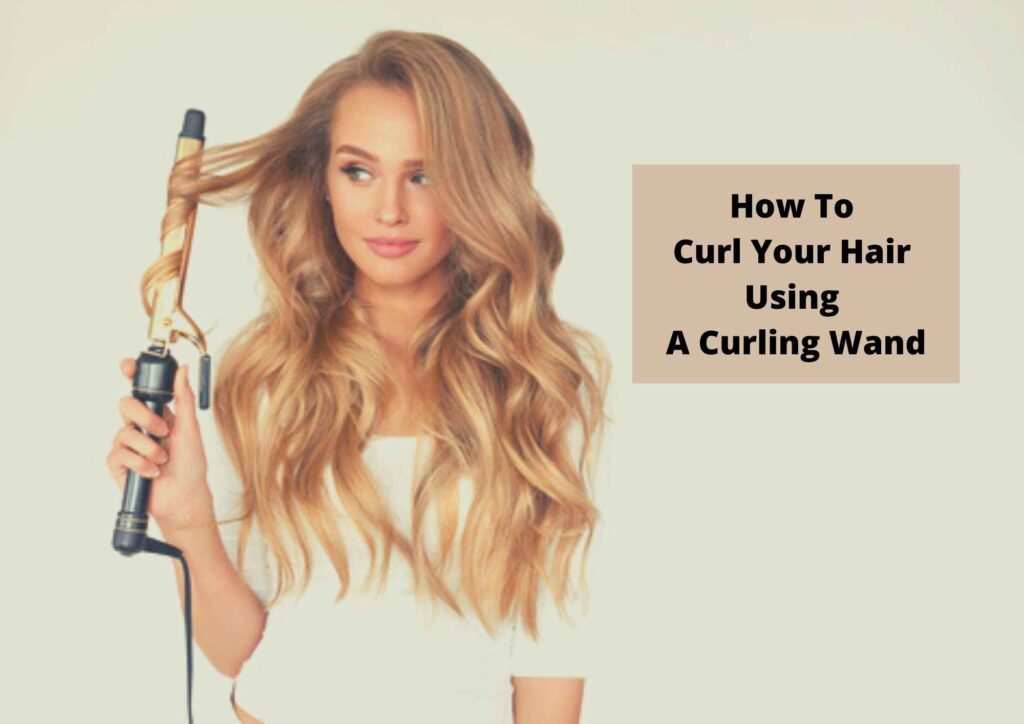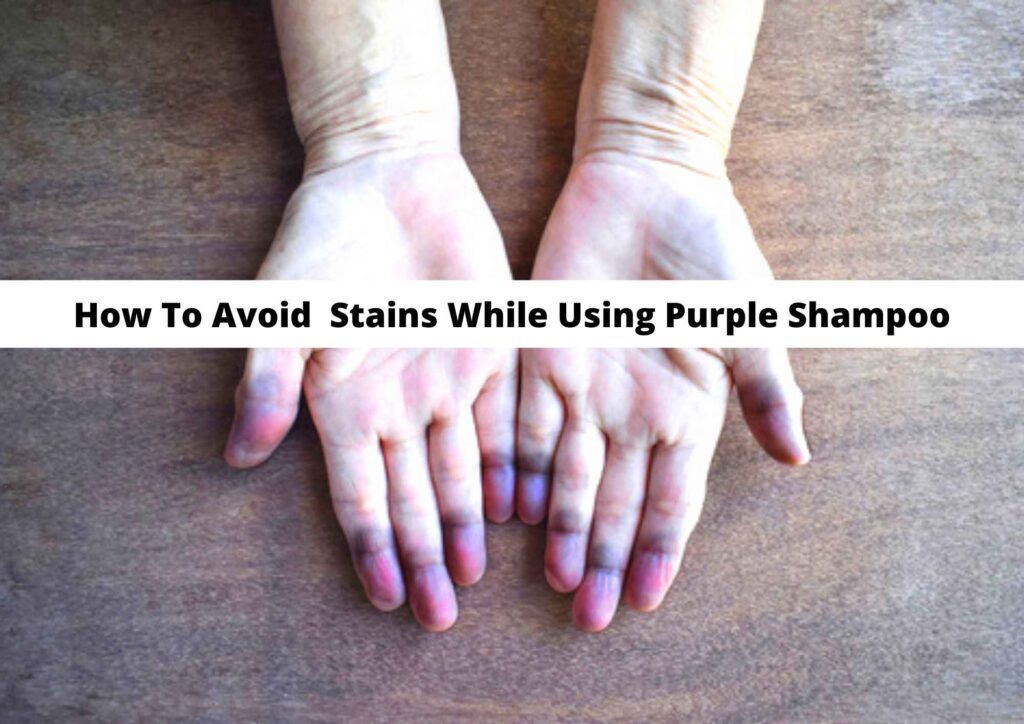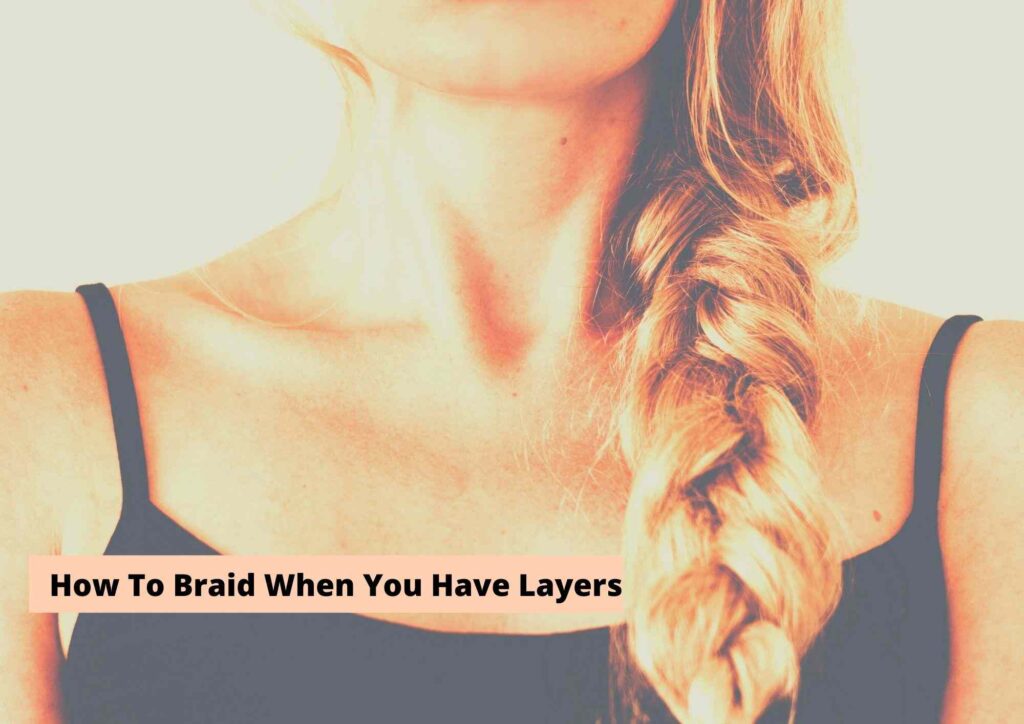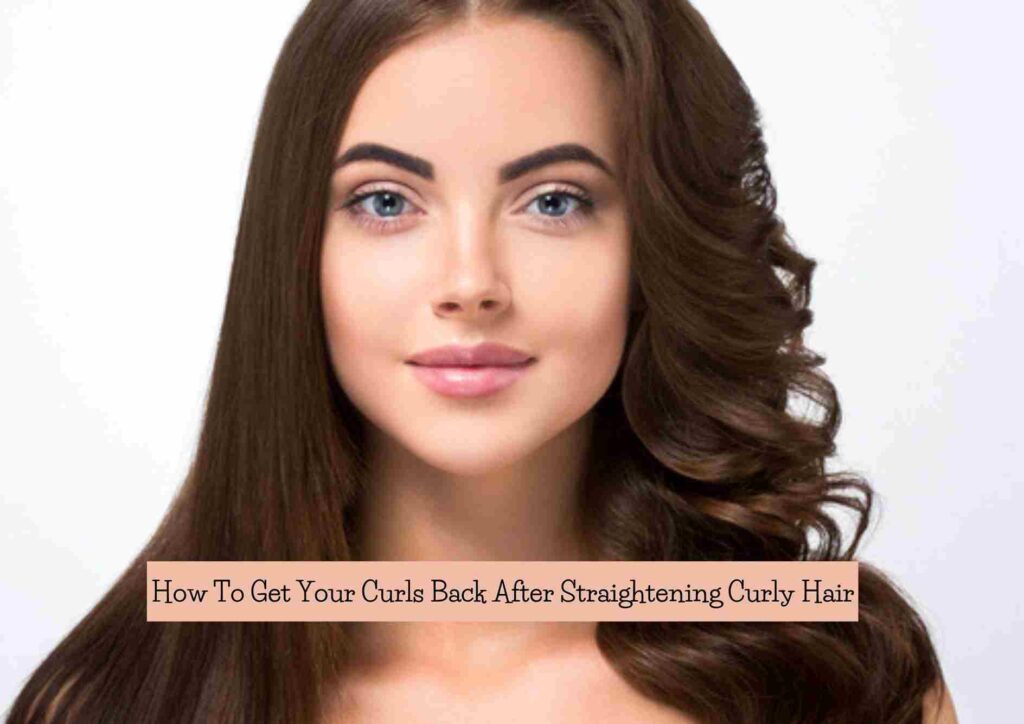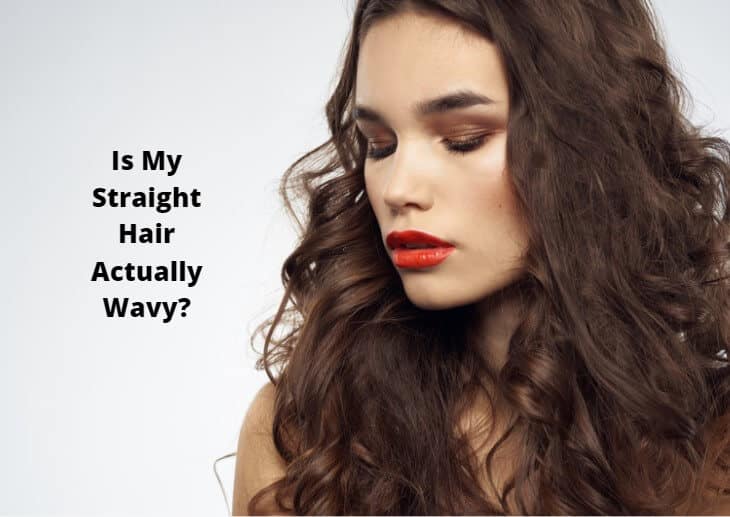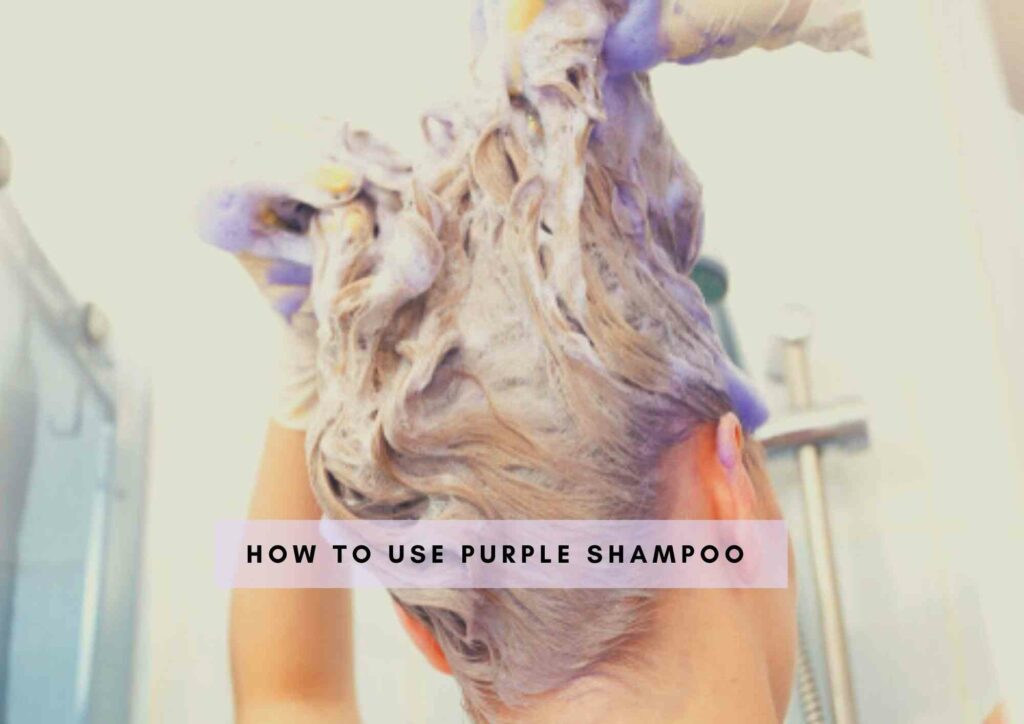“Explore the pros and cons of reverse hair washing in our in-depth guide. Learn if this innovative technique is right for you and achieve healthier, more vibrant hair.”
Achieving healthy, lustrous hair is a common goal for many individuals, leading them to explore various hair care routines and techniques. One such method that has gained popularity in recent years is reverse hair washing.
This unique approach to hair cleansing involves switching the order of applying shampoo and conditioner.
In this extensive guide, I will delve into what reverse hair washing entails, the notable advantages and disadvantages of this method, the step-by-step process for reverse hair washing, its suitability for different hair types (particularly curly hair), the distinctions between reverse washing and co-washing, recommended frequency for various hair types, and which hair types stand to gain the most from this technique.
Pros and Cons of Reverse Hair Washing
#HairCareTip 4: Anybody who knows what 'Reverse Hair Washing' is? It's the backward method of washing your hair, which means conditioning your hair first before you shampoo. The idea is to fortify the hair with moisture and to protect it from the harsh formula of shampoo. pic.twitter.com/TVD6XVKomg
— Shiny Leaf (@shinyleafusa) June 7, 2018
What Is Reverse Hair Washing?
Reverse hair washing, also known as the conditioner-first method, is a hair care technique that flips the conventional order of applying shampoo and conditioner.
Unlike the traditional approach of shampooing first and then conditioning, reverse hair washing initiates the process by applying conditioner to the hair before introducing shampoo.
This method aims to address specific hair care concerns and claims to offer benefits such as increased moisture retention, minimized frizz, and improved manageability.
Top Advantages of Reverse Hair Washing
1. Enhanced Moisture Retention:
– One of the foremost advantages of reverse hair washing is its ability to lock in moisture. By applying conditioner before shampoo, it creates a protective barrier that prevents excessive removal of natural oils from the hair during shampooing. This helps maintain the hair’s moisture balance, particularly in dry or damaged hair.
2. Frizz Reduction:
– Reverse hair washing can effectively combat frizz, especially for individuals with curly or wavy hair. The initial application of conditioner helps to smooth the hair cuticle and minimize frizz, resulting in more manageable and polished locks.
3. Improved Manageability:
– Conditioning prior to shampooing can make the hair easier to manage and style. The hair becomes smoother, less prone to tangles, and more pliable, which can be especially beneficial for individuals with long or thick hair.
4. Volume and Body Enhancement:
– Some people find that reverse hair washing adds volume and body to their hair. Shampooing after conditioning can provide a lightweight, voluminous effect, ideal for individuals seeking a fuller hair appearance.
5. Protection for Hair Ends:
– Reverse washing offers protection to the delicate ends of the hair. By applying conditioner first, it safeguards the tips from potential damage during shampooing, contributing to healthier and less split-prone ends.

Top Disadvantages of Reverse Hair Washing
1. Not Suitable for All Hair Types:
– Reverse hair washing may not be universally suitable. Individuals with very fine or oily hair might find that this method leaves their hair feeling heavy or greasy, as the initial application of conditioner can weigh down the hair.
2. Learning Curve:
– Transitioning to reverse hair washing may require an adjustment period. Since it contradicts the conventional hair washing routine, it may necessitate experimentation to determine the appropriate balance for your hair.
3. Potential for Product Buildup:
– Inadequate rinsing can lead to conditioner residue remaining in the hair, which may accumulate over time and cause buildup. Ensuring thorough rinsing is essential to prevent this issue.
4. Not Ideal for Heavily Soiled Hair:
– When the hair is heavily soiled with styling products or exposed to environmental factors, reverse hair washing may not provide an effective cleanse. In such situations, a traditional shampoo-first approach may be more appropriate.
5. Lack of Scientific Evidence:
– While many individuals report positive outcomes from reverse hair washing, there is limited scientific evidence to substantiate its benefits. As a result, individual experiences may differ.
What Are the Steps of Doing a Reverse Hair Washing?
If you’re interested in trying reverse hair washing, here is a step-by-step guide to follow:
1. Wet Your Hair:
– Start by thoroughly wetting your hair in the shower. Use warm water to open up the hair cuticles and prepare your hair for the conditioning step.
2. Apply Conditioner:
– Take a small amount of conditioner (typically a quarter-sized amount, but adjust based on your hair’s length and thickness) and evenly distribute it through your hair, paying particular attention to the mid-lengths and ends. Avoid applying conditioner directly to the roots to prevent excessive oiliness.

3. Gently Detangle:
– Use a wide-toothed comb or your fingers to gently detangle your hair while the conditioner is applied. This aids in preventing knots and tangles.
4. Wait:
– Allow the conditioner to sit in your hair for a few minutes, typically 2-3 minutes. This allows it to penetrate and moisturize your hair effectively.
5. Rinse:
– Thoroughly rinse out the conditioner with lukewarm water. Make sure no residue remains, especially at the roots.

6. Apply Shampoo:
– Take your shampoo and apply it to your hair, concentrating on the roots and scalp. Gently massage it to create a lather.

7. Rinse Again:
– Rinse out the shampoo thoroughly, ensuring all product is removed from your hair.
8. Optional: Repeat:
– Depending on your hair’s condition and the products you use, you can choose to repeat the reverse washing process if desired. Some individuals find that one round is sufficient, while others prefer to repeat for added benefits.
9. Final Rinse:
– Finish with a final rinse using cold water. Cold water helps seal the hair cuticles, leaving your hair smoother and shinier.
10. Towel Dry:
– Gently towel-dry your hair to remove excess water before proceeding with your usual styling routine.
Is Reverse Hair Washing Good for Curly Hair, and Why?
Reverse hair washing can be particularly beneficial for individuals with curly hair, and here’s why:
1. Enhanced Moisture Retention:
– Curly hair tends to be drier than straight hair due to its unique structure, which makes it challenging for natural oils to travel from the scalp to the ends. Reverse hair washing can help lock in moisture by preventing excessive oil removal during shampooing.
2. Improved Curl Definition:
– Applying conditioner before shampoo can enhance the hair’s natural curl pattern. This results in more defined and well-managed curls, reducing the tendency for them to appear frizzy or unruly.
3. Reduced Frizz:
– Curly hair is especially prone to frizz due to its structure and susceptibility to moisture changes. Reverse washing can help control and minimize frizz, leading to smoother, more well-defined curls.
4. Easier Detangling:
– Conditioning before shampooing makes detangling curly hair easier, reducing the risk of damage and breakage during the styling process.
In summary, reverse hair washing can be a valuable addition to the hair care routine of individuals with curly hair, as it addresses common challenges such as moisture retention, frizz control, and curl definition.
Differences Between Reverse Washing and Co-washing
Reverse hair washing and co-washing (short for “conditioner-only washing”) are both unconventional hair washing methods, but they vary in their approach and purpose. Here are the primary distinctions between the two:
1. Product Application:

– Reverse Washing: In reverse hair washing, you initiate the process by applying conditioner and subsequently follow with shampoo.
– Co-Washing: Co-washing involves skipping traditional shampoo entirely and washing the hair with conditioner alone.
2. Purpose:

– Reverse Washing: The primary objective of reverse hair washing is to moisturize and protect the hair while simultaneously cleansing it with shampoo. It aims to offer the benefits of both conditioner and shampoo.
– Co-Washing: Co-washing focuses on cleansing the hair while providing added moisture and minimizing the use of conventional shampoos, which can be drying. It is particularly popular among individuals with curly, coily, or highly textured hair who seek to preserve their hair’s natural oils.
3. Frequency:
– Reverse Washing: Reverse hair washing is typically performed intermittently, as it may not be suitable for daily use. Many individuals incorporate it into their routine once or twice a week.
– Co-Washing: Co-washing can be executed more frequently and is often favored by individuals with specific hair types or concerns who wish to reduce the frequency of shampooing.
4. Hair Types:
– Reverse Washing: Reverse hair washing can be beneficial for a variety of hair types, but it may be especially effective for those with dry, damaged, curly, or frizzy hair.
– Co-Washing: Co-washing is particularly well-suited for individuals with curly, coily, or highly textured hair. It caters to their unique moisture needs and helps maintain the natural oils essential for curl definition.
Which method to choose ultimately depends on your hair type, condition, and preferences. If you have concerns about using traditional shampoo frequently, co-washing may be a suitable alternative. However, if you desire the combined benefits of conditioner and shampoo, reverse hair washing can be a valuable option.
How Often Should You Reverse Wash Your Hair for Different Hair Types?
The frequency of reverse hair washing should be adapted to your specific hair type and requirements. Here’s a general guideline:
1. Curly or Wavy Hair:
– Individuals with curly or wavy hair often benefit from reverse washing and can incorporate it into their routine once or twice a week, depending on their hair’s needs.
2. Dry or Damaged Hair:
– Those with dry or damaged hair can also consider reverse hair washing once or twice a week to help maintain moisture and minimize further damage.
3. Thick or Coarse Hair:
– Individuals with thick or coarse hair may find reverse washing beneficial, and they can incorporate it into their routine as needed.
4. Long Hair:
– People with long hair can use reverse hair washing occasionally to manage their locks and reduce tangling.
5. Fine or Oily Hair:
– For those with fine or oily hair, reverse hair washing may not be the ideal choice, as it can leave the hair feeling heavy or greasy. They may prefer to use a traditional shampoo-first method.
It’s essential to customize your hair care routine based on your hair type, condition, and personal preferences. Experimenting with the frequency of reverse hair washing can help you determine what works best for your specific needs.
Which Hair Types Benefit from Reverse Washing?
Several hair types can benefit from reverse hair washing:
1. Curly Hair:
– Reverse hair washing is particularly advantageous for individuals with curly hair. It helps maintain moisture, improve curl definition, reduce frizz, and make detangling easier.
2. Wavy Hair:
– Those with wavy hair can also benefit from reverse washing, as it can enhance moisture retention, reduce frizz, and promote well-defined waves.
3. Dry or Damaged Hair:
– Individuals with dry or damaged hair can use reverse hair washing to lock in moisture and protect their hair from further harm.
4. Thick or Coarse Hair:
– Reverse hair washing can make thick or coarse hair more manageable, minimizing tangles and enhancing softness.
5. Long Hair:
– People with long hair may find reverse washing helpful in maintaining their hair’s health and reducing tangling.
6. Frizzy Hair:
– Reverse washing can help control and reduce frizz, making it a valuable technique for individuals struggling with frizz-prone hair.
Conclusion
In conclusion, reverse hair washing is an unconventional yet effective hair care method that involves applying conditioner before shampoo. It offers a range of benefits, including enhanced moisture retention, reduced frizz, improved manageability, volume enhancement, and protection for hair ends.
While it may not be suitable for all hair types and lacks extensive scientific evidence, many individuals have experienced positive results with reverse hair washing.
Curly hair, in particular, stands to gain numerous advantages from this method, including improved curl definition, reduced frizz, and easier detangling.
Reverse hair washing should not be confused with co-washing, which involves using conditioner alone to cleanse the hair and is especially popular among individuals with curly or coily hair.
The frequency of reverse hair washing should be tailored to your hair type and specific needs. It can be a valuable addition to the hair care routine for those with curly, wavy, dry, damaged, thick, or frizzy hair, as well as for those seeking enhanced manageability and moisture retention.
As with any hair care technique, it’s essential to adapt it to your unique hair characteristics and preferences.
Why You Should Trust Haireveryday?
The author of this article, Leah Marie Priest has a degree in Cosmetology with years of experience in dealing with hair care, scalp care, and hairstyling. As someone who extensively deals with all kinds of hair textures, products, styling methods and more, hair Leah Marie knows what kind of products and procedures suit each hair type and person. We have also tested these hair products and processes ourselves to provide you an unbiased review about every product. Each of our articles are also reviewed by a team of medical professionals so that you get the most accurate and expert-reviewed information.
Also Read:
Is It Better To Put Shampoo On Dry Hair
Why Does My Hair Feel Sticky After Washing
Pros and Cons of Cysteine Hair Treatment
To Summarize

